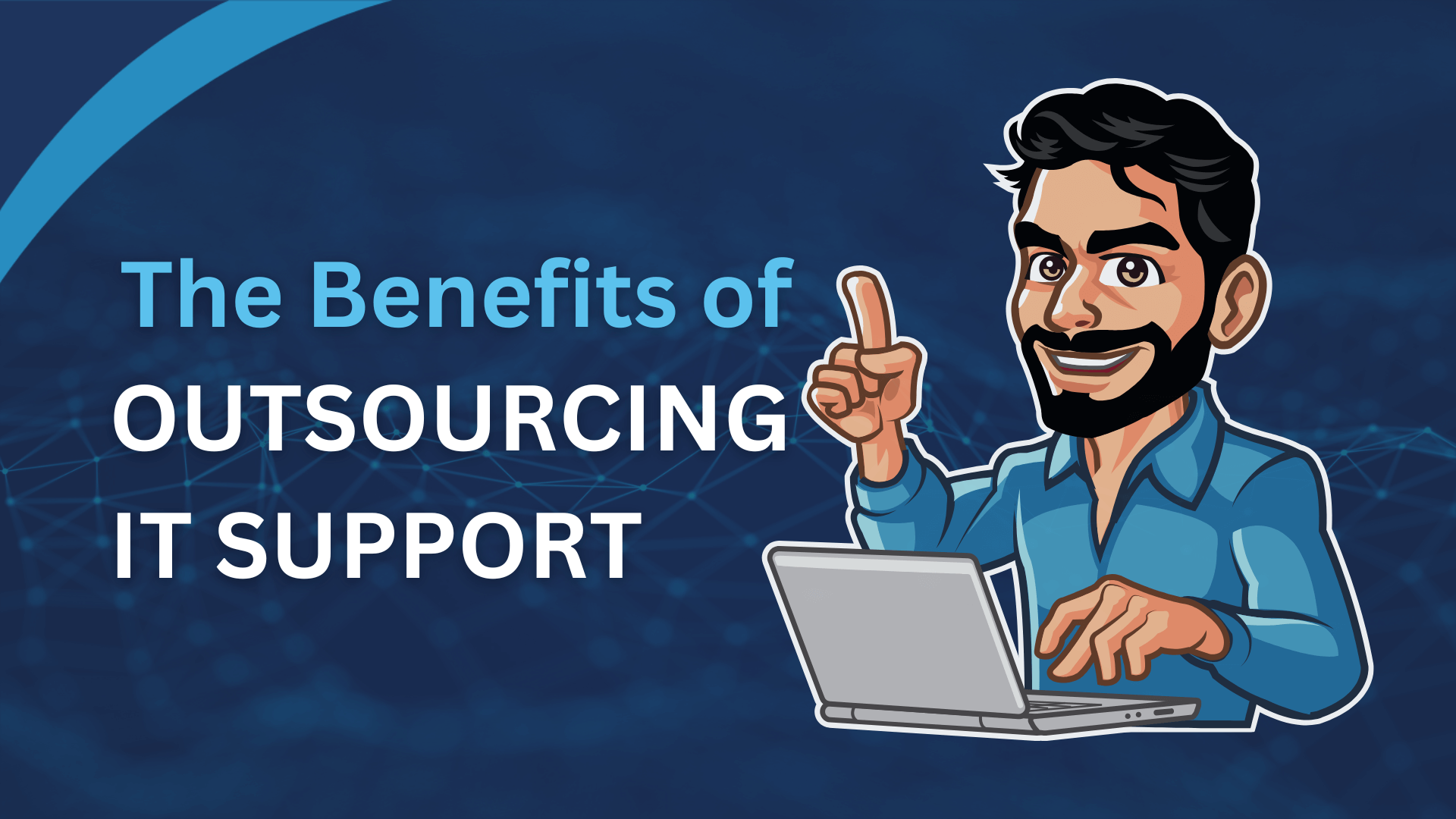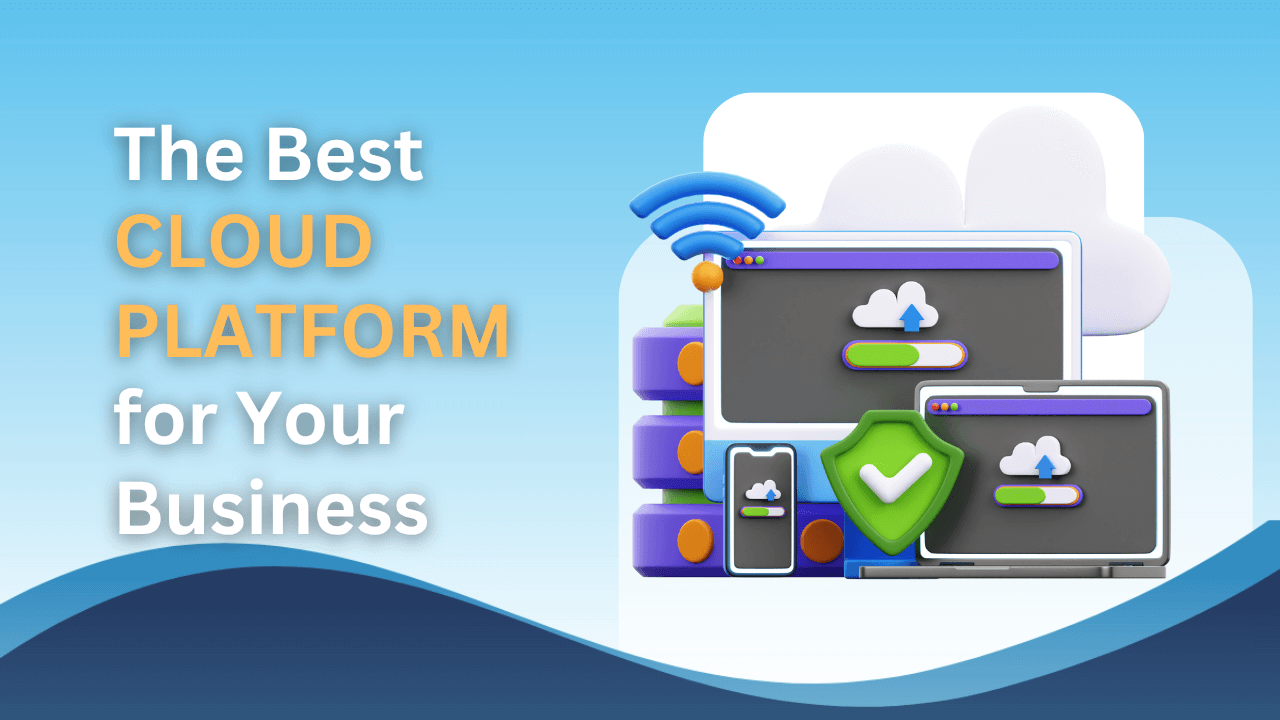With businesses becoming more reliant on IT for efficient management of work and processes, it is important to utilise the best practices for an efficient setup. Just as businesses seek ISO certifications, firms are also planning and implementing numerous strategies to guarantee their IT sections are up-to-date in an increasingly digitalised world. This is where Information Technology Infrastructure Library (ITIL) comes in, which enables businesses to benefit from significant cost savings and efficiency in development. However, despite the buzz surrounding ITIL, many IT pros still don’t fully understand what the term actually means. So, here is a guide to ITIL:
What is Information Technology Infrastructure Library (ITIL)?
Information Technology Infrastructure Library (ITIL) was created by the British Government in the 1980s in an attempt to create a standard protocol for the effective and efficient utilisation and implementation of several IT resources. With the help of IT professionals, the British Government developed and published a series of best practices books. Each of the ITIL books targeted different IT processes. After the initial publication, the number of books quickly exceeded 30 volumes in the ITIL v1 section.
Soon enough, ITIL became a full-fledged industry of publications, organisations and consulting services. However, the field is still evolving and undergoing significant updates to reflect technology changes. Subsequently, in recent times, version 2 and 3 books and volumes have also been published that group process guidelines to match different aspects of IT management. Some of the ITIL version 2 books and disciplines include:
- Introduction to ITIL – This book focuses on the basics of ITIL and how they can be used by an organisation to cut costs and use IT resources, servers, and networks more efficiently to maximise profits.
- Service Support – This ITIL discipline focuses on the users of IT services and ensures they have access to appropriate business functions. The area involves users to focusing on real process delivery, solving queries, needing communication updates, and asking for changes.
- Service Delivery – As the name implies, this discipline focuses on delivering IT services for providing adequate support to businesses. It focuses on the business as the “customer” and the processes include financial, availability, continuity, capacity, and service level management.
- Planning to Implement Service Management – This book from the ITIL focuses on helping IT professionals to plan and implement service management in IT departments for meeting business needs and IT provision and regulation requirements.
- Security Management – As the name suggests, this area focuses on IT security and management. It enables IT pros to gain vital information on how to implement numerous security protocols to ensure the continuity of operations and protection from threats.
- The Business Perspective – This discipline provides a more complex and detailed overview of using IT in a business environment.
- ICT Infrastructure Management – This discipline focuses on providing guidelines with regards to proper utilisation and management of infrastructure and other IT resources.
- Application Management – This book enables IT pros to learn the best practices for managing IT applications, software and related services for efficient operation.
So, if you want your business to reap the benefits of an efficiently running IT system, it’s time you hire someone with knowledge and experience of implementing ITIL protocols and best practices.



